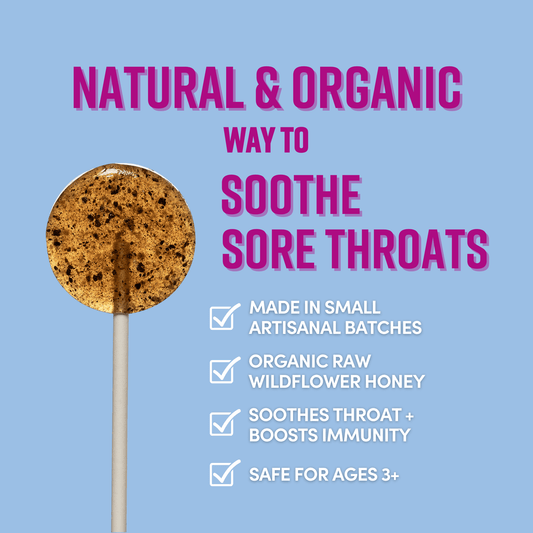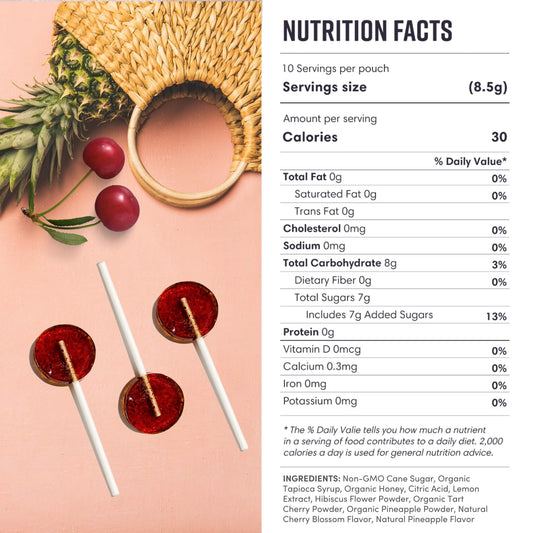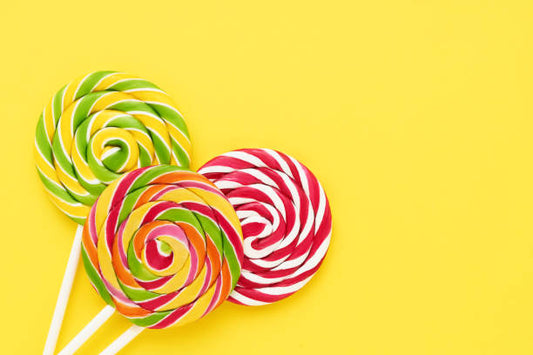Spring is here and that means bee season is upon us. In general bees come out in early Spring. As outdoor temperatures rise and spring flowers bloom, bees will begin foraging for nectar and pollen. Typically, they forage when outside temperatures are above 61 degrees fahrenheit.
Last summer, I took my kids for a stroll in the park and ever the curious toddler, my son decided to slam his scooter into a big pile of leaves. Of course he swims into the pile face first to grab his scooter. No sooner do I chase after him when he turns to face me sobbing. It was that high pitched cry all moms know as the ‘help i’m really in pain’ cry. As I approached, I noticed a bee that was clinging to his chin for dear life. I flung it off but it was too late, the damage had been done.
Bee stings are something I am very familiar with. As a child, we were stung regularly; in fact, my younger brother was once stung by a wasp through his pajama onesie on the buttocks! A few years ago, I was stung by a wasp entering a friend's home in Upstate New York. But last summer I had the scariest experience when I drove home from camp and a bumble bee flew into my car and stung me on the inner thigh. I was grateful not to be on the highway, but rather, a residential block where I pulled right over to the side of the road. Anyone who has been stung by a bee knows it can be painful but for someone with an allergic reaction, it can be all the more scary.
A severe life-threatening allergic reaction is called anaphylaxis. This usually only happens in 4 out of 1,000 children. The main symptoms are hives with troubled breathing and swallowing. These hives will develop on the face and body, and are accompanied by other symptoms, such as headache, dizziness, fainting, nausea and vomiting. Symptoms start within 2 hours of the sting. In this event, you need to call 911 and seek emergency care right away. Emergency medical treatment may include medicines such as epinephrine, antihistamines or corticosteroids that help with breathing.
If there is no allergic reaction, there are several home remedies that can be helpful to know. Lucky for my siblings and I, my parents always knew what home remedies worked best for us. I’ll share some here with you:
-
Aloe Vera: The leaves are something that is readily available in ethnic supermarkets, much like the ones I grew up near. My mom would peel the skin and apply the fleshy part right on to the skin. It always felt so cool and refreshing. She would use this same practice for sunburns. While you may not be able to find fresh aloe vera leaves, aloe vera gel is something you can find in most local pharmacies. Aloe vera I've come to learn has anti-inflammatory and antibacterial properties. It can not only help reduce the swelling but also help prevent the site from becoming infected.
- Baking Soda. It is believed that baking soda can help neutralize the acidity of the sting and mitigate inflammation. In fact, the CDC (Centers for Disease Control and Prevention) suggest the following recipe for mosquito bites (but many people use it for bee stings as well). Mix 1/4th cup of baking soda with 1 to 2 teaspoons of water and apply to the area. They also suggest reapplying every 15 minutes. I don’t think you need to be so precise, my mom would mix up this concoction until it reached a paste form, apply it, then wrap it with a bandage in order to let it absorb into the wound.
- Honey. We here at MommaBear Organics know the wonderful benefits of honey, but did you know it also has medicinal properties? It contains compounds that combat inflammation, so it may help reduce swelling. The natural antibacterial agents in honey, may also help prevent infection and can help speed healing. In fact, some medical professionals use honey extracts in wound dressings. It's best to apply a small amount to the wound and to do it indoors so the smell does not attract more bees.
If your child is experiencing a significant amount of pain, a pain-reliever is also highly recommended. After I got home with my son on that hot sunny day, I cleaned him up, applied a baking soda paste bandage and gave him a warm bottle of milk and he was as good as new. He’s a tough one!










